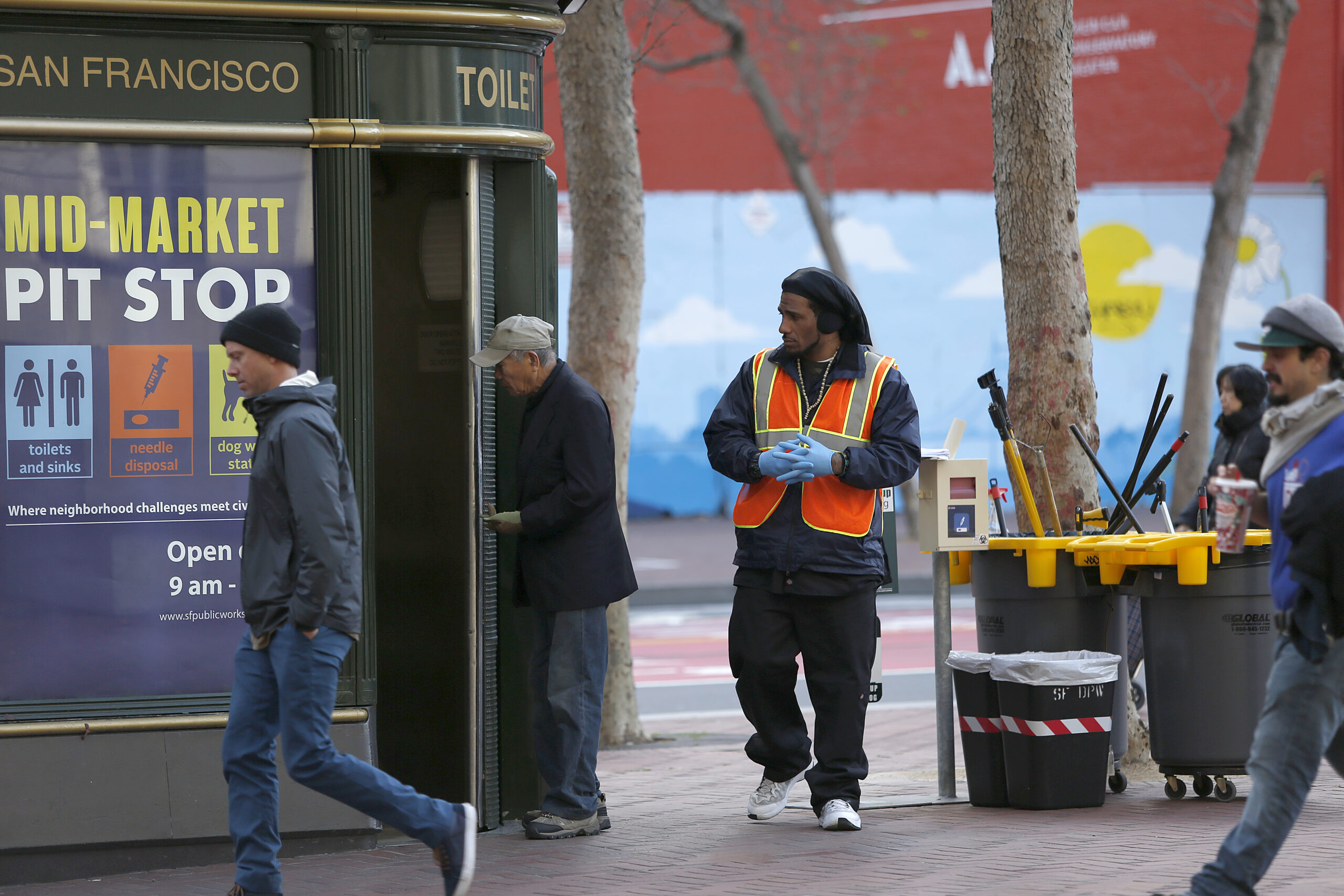Today was supposed to be a day of celebration: Former SF supervisor and now-Assemblymember Matt Haney was headed for a lunchtime town square photo op to celebrate securing $1.7 million from the state’s budget for a public restroom in Noe Valley.
Instead, the high price tag ignited a shitstorm of criticism about San Francisco’s egregious costs and long timelines for the most seemingly mundane of tasks—like removing nearly 1,200 parking spaces in front of bus stops, expected to take seven years and cost $3 million to $5 million.
Haney canceled the presser as countless residents weighed in on the lavishly priced toilet. Even Gov. Gavin Newsom’s office entered the fray, telling The San Francisco Chronicle, whose columnist Heather Knight first reported the $1.7 million estimate, that the state would withhold funding until the city comes back with a plan to use the money more efficiently.
Steven Soifer, president of the American Restroom Association, said the $1.7 million estimate for the toilet appears outrageous.
“It’s a little like buying a Ford Fiesta versus a Porsche or a McLaren,” Soifer said. “For that price, you could install 10 of the Portland Loos, which would be much more cost-effective and meet a much greater need.”
But San Francisco doesn’t want Portland Loos—a prefabricated standard restroom sold across the nation. It wants San Francisco potties.
“We are a city of public input,” said San Francisco Department of Public Works (DPW) spokesperson Rachel Gordon.
In a letter to Haney, SF Recreation and Park Department General Manager Phil Ginsburg laid out arduous city and state regulations—like multi-agency approvals and long bidding processes—that conspire with high construction and labor costs to drive up costs for projects like the infamous Noe Valley toilet.
Ginsburg called on Haney to help alleviate some of those burdens.
“Public restrooms are more than just ‘toilets,’” Ginsburg wrote. “As an elected official, I hope you will advocate for policy changes at the state and local level to make it easier to move small projects like this one in a more timely and cost efficient manner.”
Gordon said DPW wouldn’t advocate for or against using prefabricated toilets or nonlocal labor.
“That really is a policy call for policymakers,” Gordon said. “But we will deliver the projects that we’re asked to deliver.”
Supervisor Rafael Mandelman is already scrutinizing one policy that could play a role in high costs—that’s a city ordinance banning contracts with companies headquartered in 30 states that have reduced protections for LGBTQ residents or passed restrictive abortion or voting laws. The city’s Budget and Legislative Analyst’s Office estimated that ordinance could be responsible for 20% higher costs for city projects.
Soifer did say San Francisco, to its credit, has a relatively high number of public toilets—26 for every 100,000 residents—well above the nationwide average of just eight.
And the Noe Valley project is on par with other recent standalone restrooms in the city, including a $1.7 million Alamo Square restroom and $1.6 million for a bathroom in McLaren Park. And according to Tamara Aparton, spokesperson for the city’s Rec and Parks Department, the $1.7 million for Noe Valley isn’t restricted to use for the restroom alone and could go to other improvements on the site.
1Build, a Bay Area-based tech company, took the opportunity to make some calculations with its product, which uses software to get real-time construction cost estimates. The company zeroed in on a $565,000 price estimate for the restroom’s construction, not including city overhead and planning.
Duane Dufault, the head of sales at 1Build, said the city’s high estimates may not even be based on current going rates for labor and construction—a problem many contractors and municipalities face.
“There’s a lot of assumptions being made, and we’re not turning towards what we have the most of, which is data,” Dufault said. “It’s a thing that happens all over the place.”
